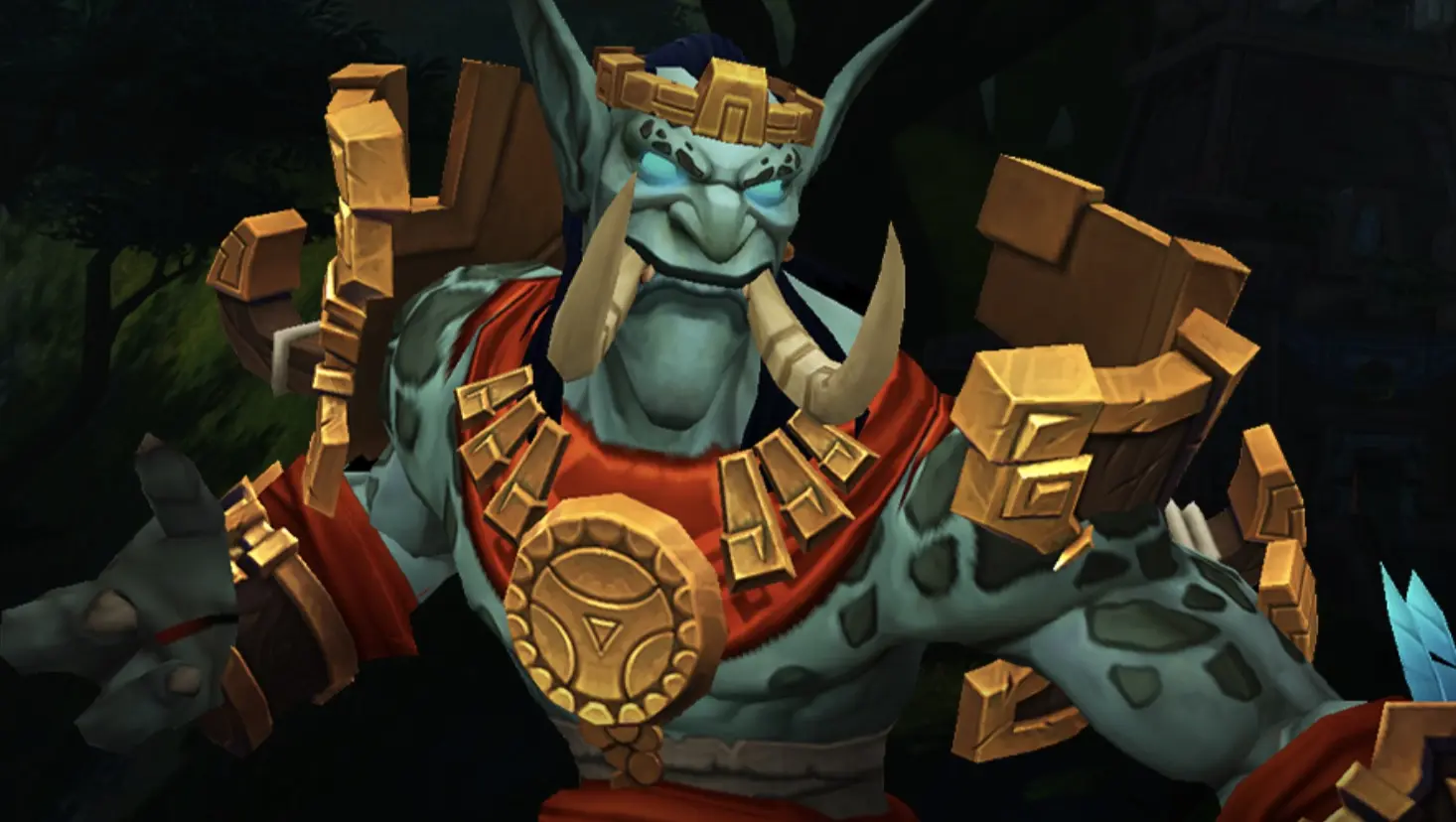
How can the RWF in World of Warcraft become a true esport?
The Race to World First (RWF) is a contest where the best World of Warcraft guilds compete to beat the newest raid on the hardest mode. The RWF is a fan-made event that has grown over the years, drawing more viewers, sponsors, and hosts.
Some also see the RWF as a special and niche esport, as it is about PvE (Player vs Environment) rather than PvP (Player vs Player), and it demands a lot of teamwork, planning, and stamina from the players. Even though PvP in World of Warcraft has already been recognized as an esport and supported by Blizzard, the RWF sadly has not. There are some problems and technical limits to RWF being seen as a true esport.
The history of the RWF
The RWF (Race to World First) began as a community-driven event, with guilds tracking their progress and claiming their achievements on websites and forums. The first unofficial RWF was in 2005 when Nihilum defeated Kel’Thuzad in Naxxramas, the final raid of the original World of Warcraft. Players still remember hearing that Kel’Thuzad has finally fallen online and on forums.
Since then, the RWF has evolved and become a community tradition and challenge. As time went by, it became more complex and required more time to compete. Furthermore, the commercial aspect attracted guilds streaming their attempts, sponsors supporting them, and organizations hosting and broadcasting the event.
Some of the most notable and memorable RWF events were:
• The Sunwell Plateau RWF in 2008, when SK Gaming beat Nihilum in a close race to kill Kil’jaeden, the final boss of the Burning Crusade expansion
• The Icecrown Citadel RWF in 2010, when Paragon became the first guild to defeat the Lich King, the final boss of the Wrath of the Lich King expansion, on the hardest difficulty, 25-man Heroic mode
• The Siege of Orgrimmar RWF in 2013, when Method became the first guild to defeat Garrosh Hellscream, the final boss of the Mists of Pandaria expansion, on the hardest difficulty, 25-man Mythic model.
• The Tomb of Sargeras RWF in 2017, when Method became the first guild to defeat Kil’jaeden, the final boss of the Legion expansion, on the hardest difficulty, 20-man Mythic mode, after 654 attempts and nearly three weeks of raiding.
• The Amirdrassil, the Dream’s Hope RWF in 2023, when Echo Esports became the first guild to defeat Fyrakk the Blazing, the final boss of the Dragonflight expansion, on the hardest difficulty, 20-man Mythic mode, after a close duel with Team Liquid, where both teams managed to go under 4%, and Liquid killing it second after a couple of hours.
The RWF also attracted more viewers and fans, who enjoyed the competition’s drama, excitement, and skill. For instance, The Amirdrassil: The Dream’s Hope generated 25.47M hours watched on Twitch. The total air time was more than 297 hours, total on 58 channels, with 388,837 peak viewers, which is a prime example of the popularity and potential of this event becoming a true esport.
The current state and problems of the RWF
The RWF is currently in a good and stable state, as it continues to attract and entertain millions of viewers and fans worldwide. It’s also supported by several sponsors and organizations, such as Red Bull, Corsair, MSI, and Complexity-Limit, who provide financial and logistical assistance to the guilds and the event. The RWF is also broadcasted by several platforms and channels, such as Twitch, YouTube, and Warcraft Logs, which provide live coverage, analysis, and event commentary.
When compared to other esports, such as League of Legends, Counter-Strike, or Overwatch, it doesn’t have a fixed schedule, a standardized format, or a clear ranking system. It’s more simple than that: whoever kills the last boss on Mythic difficulty wins.
But killing the last boss is not 100% based on skills and talent. Factors such as patches, RNG, and bugs affect the balance and fairness of the competition. Some hotfixes come at late hours for some guilds, giving the unfair advantage of one guild still playing and the other sleeping.
The RWF is also a challenging and demanding event, as it requires the players and the guilds to invest a lot of time, energy, and resources into the event. The RWF can last for several days or weeks, depending on the difficulty and the length of the raid, and the players have to raid for several hours a day, often sacrificing their sleep, health, and personal life. One prime example is Liquid stopping Sepulcher of the First Ones raid tier in Shadowlands because the race took more than two weeks, and they were emotionally and physically tired.
This is how an RWF can cause a lot of stress, pressure, and frustration for the players and the guilds, as they have to deal with the competition, the expectations, and the failures.
The final issue with the race is its competitiveness. It shouldn’t be a two-horse race. In essence, there are two guilds competing – Echo and Liquid. However, Method and other guilds are catching up, but they are not true competitors as of now. This, and many other problems, could be easily fixed by Blizzard.
The future possibilities of the RWF
The Race for World First has a lot of potential and possibilities for the future.
- Technical support: Having the same reset/start for both EU and North America, and the whole world really. Generally, this does not influence the game, but in Aberrus, the Shadowed Crucible tier, Liquid won because it started earlier than Echo. Also, gearing factors, like RNG, can really make a difference.
- Official support and recognition from Blizzard: Blizzard could provide more official support and recognition to the RWF, such as creating a dedicated website, a leaderboard, and a trophy for the event, providing in-game rewards and achievements for the participants and the viewers, and collaborating with the sponsors and the organizations to host and broadcast the event.
- Prize pool: World of Warcraft has millions of players with the same talent and skills as the top RWF raiders. Higher prize pools can create more competition and attract more viewers, even esports bettors for the best crypto & Bitcoin Gambling Sites.
- More balance: The RWF could become more accessible, diverse, and consistent for the guilds and the viewers, by creating a more standardized and balanced format and system for the event, such as having a fixed schedule, a uniform difficulty, and a clear ranking for the raid, having equal gear and character level for the guilds, and having more regions and teams participate in the event. The RWF could also provide more information and education for the viewers, such as having more guides, tips, and explanations for the raid, having more statistics, data, and insights for the guilds, and having more interactive and engaging features for the stream, such as polls, quizzes, and chat.
- More variety and creativity for the meta and the strategies: The RWF could become more varied and creative for the meta and the strategies by introducing more changes and challenges for the raid, such as having more random and dynamic elements, such as boss abilities, environmental hazards, and loot drops, having more optional and secret objectives, such as achievements, puzzles, and hidden bosses, and having more modes and options for the raid, such as having different difficulties, sizes, and roles for the groups. The RWF could also encourage more experimentation and innovation from the guilds, such as having more incentives and rewards for trying new and different things, such as champions, compositions, and styles, and having more feedback and evaluation for the performance and the results of the guilds.
One possible idea to improve the RWF as an esport is proposed by Maximum, the raid leader and co-owner of Team Liquid’s WoW team.
Maximum suggests that one weekend every season, one boss gets released on tournament realms similar to MDI (Mythic Dungeon International) or TGP (The Great Push) timing, where any guild can sign up and compete without any prior knowledge or testing of the boss, and with equal gear and character level. Maximum argues that this would increase the viewership, the excitement, and the fairness of the RWF and that it would not interfere with the existing format of the RWF.
This idea seems interesting and worth trying, as it could address some of the issues of the RWF, such as the lack of accessibility, diversity, and consistency. However, it could also face some challenges, such as possible resistance from Blizzard, difficulty designing and balancing a single boss, and the potential of losing some of the charm and identity of the RWF.
The RWF is an esports event that has a lot to offer, and it can keep you entertained and engaged for hours and hours. However, some of the best and most enjoyable aspects of the event are not always obvious or well-advertised, and they can be overlooked by players who are not aware of them or who are not looking for them. In this article, we have highlighted some of the history, the current state, and the future possibilities of the RWF in World of Warcraft and how it can become a true esport.
Recommended

Here’s how to play Marvel Rivals closed beta playtest
How to jump into the Marvel Universe.

What games would be at the Esports Olympics in 2025?
Would CS2 be in the Olympics gamelineup?

What did MrBeast crewmember Ava Kris Tyson do?
There are several accusations.







